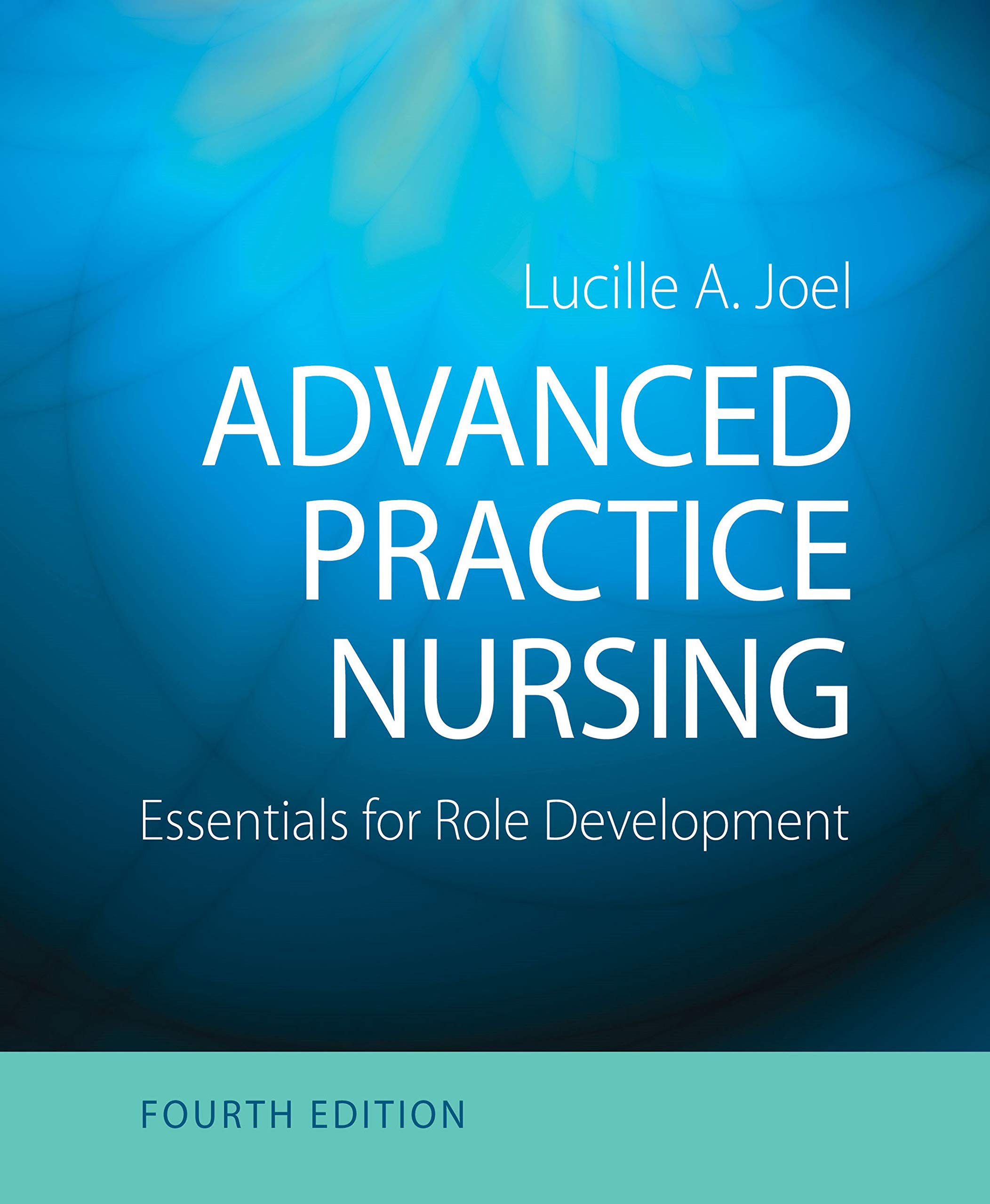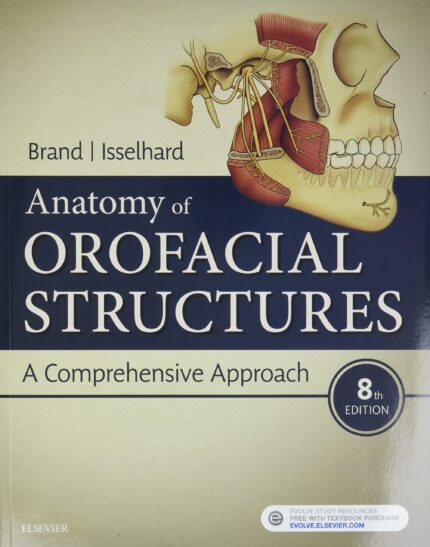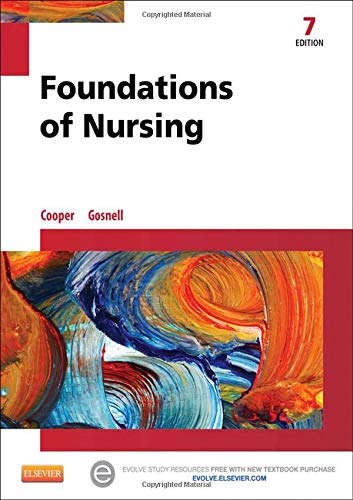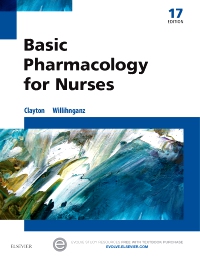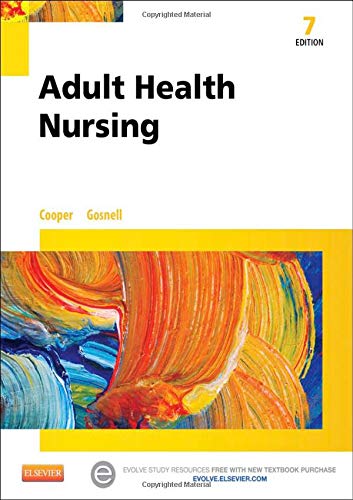Test Bank for Advanced Practice Nursing Essentials for Role Development 4th Edition by A. Joel
Test Bank for Advanced Practice Nursing Essentials for Role Development 4th Edition by A. Joel
Advanced Practice Nursing Essentials for Role Development 4th Edition by A. Joel – Test Bank
Advanced Practice Nursing Essentials for Role Development 4th Edition
Advanced Practice Nursing Essentials for Role Development
Chapter 1 . Advanced Practice Nursing: Doing What Has to Be Done-Radicals, Renegades, and
Rebels
MULTIPLE CHOICE
1. The nurse manager of a pediatric clinic could confirm that the new nurse recognized the purpose
of the HEADSS Adolescent Risk Profile when the new nurse responds that it is used to assess for
needs related to
a. anticipatory guidance.
b. low-risk adolescents.
c. physical development.
d. sexual development.
ANS: A
The HEADSS Adolescent Risk Profile is a psychosocial assessment screening tool which assesses
home, education, activities, drugs, sex, and suicide for the purpose of identifying high-risk
adolescents and the need for anticipatory guidance. It is used to identify high-risk, not low-risk,
adolescents. Physical development is assessed with anthropometric data. Sexual development is
assessed using physical examination.
REF: 6 OBJ: NCLEX Client Needs Category: Health Promotion and Maintenance
2. The nurse preparing a teaching plan for a preschooler knows that, according to Piaget, the
expected stage of development for a preschooler is
a. concrete operational.
b. formal operational.
c. preoperational.
d. sensorimotor.
ANS: C
The expected stage of development for a preschooler (3 to 4 years old) is preoperational. Concrete
operational describes the thinking of a school-age child (7 to 11 years old). Formal operational
describes the thinking of an individual after about 11 years of age. Sensorimotor describes the
earliest pattern of thinking from birth to 2 years old.
REF: 5 OBJ: NCLEX Client Needs Category: Health Promotion and Maintenance
3. The school nurse talking with a high school class about the difference between growth and
development would best describe growth as
a. processes by which early cells specialize.
b. psychosocial and cognitive changes.
c. qualitative changes associated with aging.
d. quantitative changes in size or weight.
ANS: D
Growth is a quantitative change in which an increase in cell number and size results in an increase
in overall size or weight of the body or any of its parts. The processes by which early cells
specialize are referred to asdifferentiation. Psychosocial and cognitive changes are referred to as
development. Qualitative changes associated with aging are referred to as maturation.
REF: 2 OBJ: NCLEX Client Needs Category: Health Promotion and Maintenance
4. The most appropriate response of the nurse when a mother asks what the Denver II does is that it
a. can diagnose developmental disabilities.
b. identifies a need for physical therapy.
c. is a developmental screening tool.
d. provides a framework for health teaching.
ANS: C
The Denver II is the most commonly used measure of developmental status used by health care
professionals; it is a screening tool. Screening tools do not provide a diagnosis. Diagnosis requires a
thorough neurodevelopment history and physical examination. Developmental delay, which is
suggested by screening, is a symptom, not a diagnosis. The need for any therapy would be
identified with a comprehensive evaluation, not a screening tool. Some providers use the Denver II
as a framework for teaching about expected development, but this is not the primary purpose of the
tool.
REF: 4 OBJ: NCLEX Client Needs Category: Health Promotion and Maintenance
5. To plan early intervention and care for an infant with Down syndrome, the nurse considers
knowledge of other physical development exemplars such as
a. cerebral palsy.
b. failure to thrive.
c. fetal alcohol syndrome.
d. hydrocephaly.
ANS: D
Hydrocephaly is also a physical development exemplar. Cerebral palsy is an exemplar of adaptive
developmental delay. Failure to thrive is an exemplar of social/emotional developmental delay.
Fetal alcohol syndrome is an exemplar of cognitive developmental delay.
REF: 9 OBJ: NCLEX Client Needs Category: Health Promotion and Maintenance
6. To plan early intervention and care for a child with a developmental delay, the nurse would
consider knowledge of the concepts most significantly impacted by development, including
a. culture.
b. environment.
c. functional status.
d. nutrition.
ANS: C
Function is one of the concepts most significantly impacted by development. Others include
sensory-perceptual, cognition, mobility, reproduction, and sexuality. Knowledge of these concepts
can help the nurse anticipate areas that need to be addressed. Culture is a concept that is considered
to significantly affect development; the difference is the concepts that affect development are those
that represent major influencing factors (causes), hence determination of development and would be
the focus of preventive interventions. Environment is considered to significantly affect
development. Nutrition is considered to significantly affect development.
REF: 1 OBJ: NCLEX Client Needs Category: Health Promotion and Maintenance
7. A mother complains to the nurse at the pediatric clinic that her 4-year-old child always talks to
her toys and makes up stories. The mother wants her child to have a psychologic evaluation. The
nurses best initial response is to
a. refer the child to a psychologist.
b. explain that playing make believe with dolls and people is normal at this age.
c. complete a developmental screening.
d. separate the child from the mother to get more information.
ANS: B
By the end of the fourth year, it is expected that a child will engage in fantasy, so this is normal at
this age. A referral to a psychologist would be premature based only on the complaint of the
mother. Completing a developmental screening would be very appropriate but not the initial
response. The nurse would certainly want to get more information, but separating the child from the
mother is not necessary at this time.
REF: 5 OBJ: NCLEX Client Needs Category: Health Promotion and Maintenance

